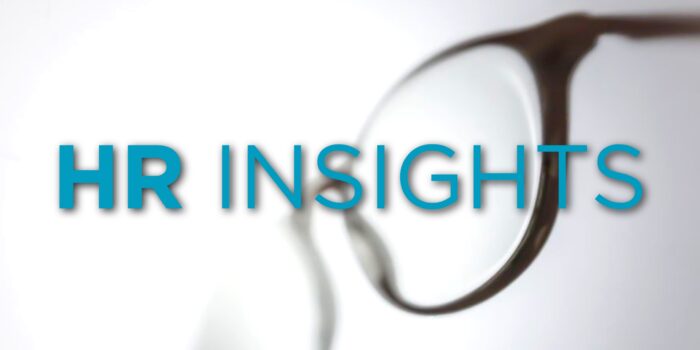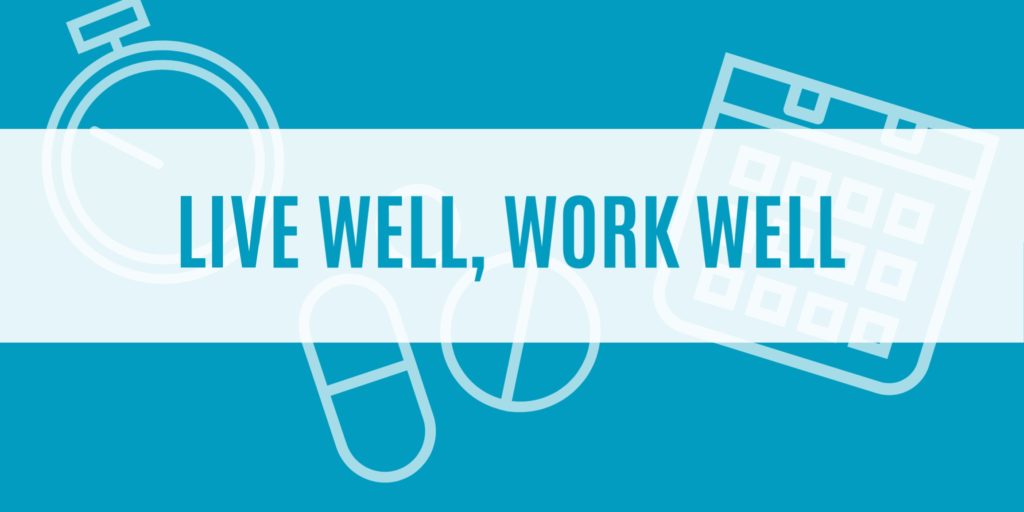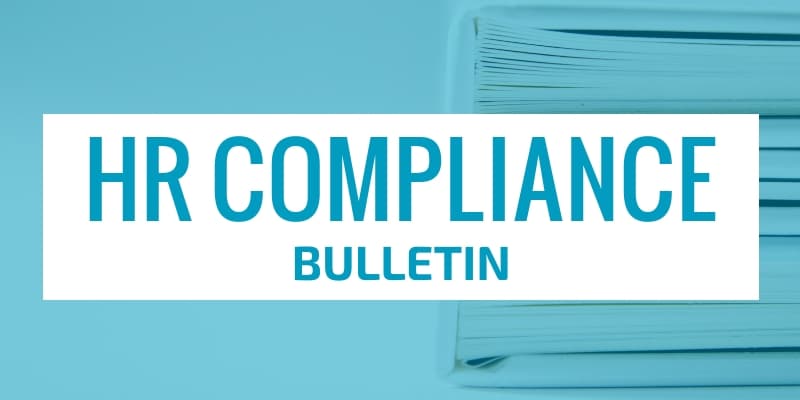16 Apr Building Trust Among Employees Amid the COVID-19 Pandemic
[wpseo_breadcrumb]
When the COVID-19 pandemic began, entire workforces were sent to work from home, regardless of whether they had any experience with the arrangement. This sudden autonomy illuminated trust issues, perceived or otherwise, between individual employees and their managers. After all, monitoring performance while expressing trust is a balancing act made all the more difficult when workers are isolated and cannot be visually monitored.


 The COVID-19 pandemic has been testing the limits of every organization. It’s tested resilience, it’s tested adaptability and, critically, it’s tested the trust between managers and their employees.
The COVID-19 pandemic has been testing the limits of every organization. It’s tested resilience, it’s tested adaptability and, critically, it’s tested the trust between managers and their employees. In a
In a  After receiving a COVID-19 vaccine, you’ll be given a vaccine card. If you receive a two-dose vaccine, you should receive your card after your first dose, which will be updated upon your second dose.
After receiving a COVID-19 vaccine, you’ll be given a vaccine card. If you receive a two-dose vaccine, you should receive your card after your first dose, which will be updated upon your second dose. In response to the coronavirus (COVID-19) pandemic, states have passed new laws and issued new regulations and guidance about employee leave taken for COVID-19 reasons.
In response to the coronavirus (COVID-19) pandemic, states have passed new laws and issued new regulations and guidance about employee leave taken for COVID-19 reasons.